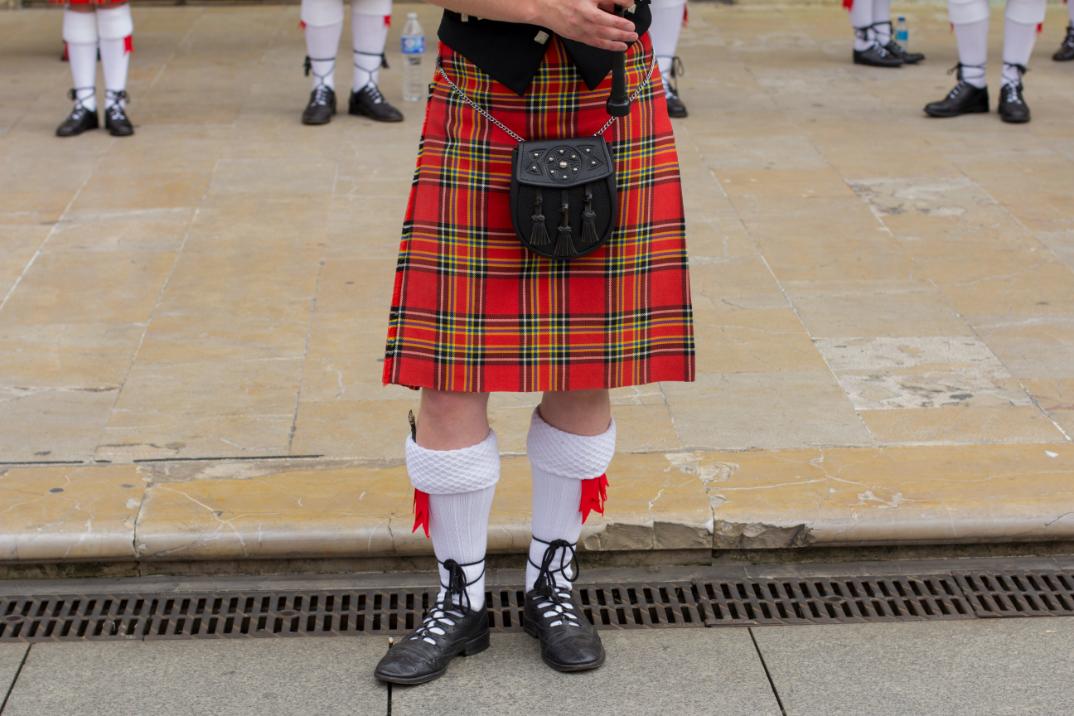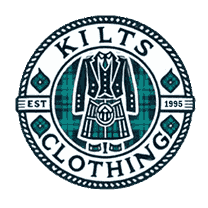The Fascinating History of Utility Kilts

Utility kilts are gaining popularity across America as a rugged alternative to traditional wool kilts. Originating in the late 20th century, these modern kilts are designed to offer both functionality and durability. Unlike their classic counterparts, kilts often feature pockets and loops for carrying tools, which makes them particularly popular among blacksmiths, carpenters, and outdoor enthusiasts.
One of the key advantages of kilts is their ability to provide greater freedom of movement and improved airflow compared to traditional trousers. Made from tough materials like denim, leather, and other durable fabrics, kilts can be customized to fit individual preferences and specific needs. This practicality has led to their increasing use as functional workwear.
As kilts gain traction in the workwear sector, their popularity as a fashion statement is also on the rise. They are commonly seen at festivals and have even been sported by celebrities, highlighting their growing appeal as versatile and stylish clothing.
Origins of the Kilt
Traditional Kilts
Kilts have existed since the 16th century, originating in Scotland. Early kilts, known as the "great kilt," were long wool garments. They featured Tartan Utility Kilt patterns that identified different Scottish clans. These traditional kilts were more than just clothing; they symbolized heritage and pride.
The Birth of Utility Kilts
As the world changed, people needed more practical clothing. It led to the creation of the utility kilt. Unlike traditional kilts, kilts are designed for everyday use and physical activities. They combine the classic kilt style with functional features, making them stylish and practical.
Emergence of the Utility Kilt
Why Utility Kilts Were Needed
Utility kilts were developed to meet the needs of those who required durable and functional clothing. They were first adopted by people who worked in demanding environments or enjoyed outdoor activities. These are made from strong materials and include features like pockets and reinforced stitching, making them perfect for tough tasks.
How Utility Kilts Differ from Traditional Kilts
These kilts have several features that set them apart from traditional kilts. While traditional kilts are made from wool and have no pockets, These kilts are made from materials like cotton or canvas. They include practical elements like multiple pockets and adjustable waistbands, making them versatile for various uses.
Evolution and Popularity
Design and Material Changes
Utility kilts have evolved. Modern designs include adjustable waistbands and moisture-wicking fabrics, making them more comfortable and functional. Fashion trends have also influenced utility kilt designs, including popular styles like the black utility kilt.
Who Wears Utility Kilts?
Utility kilts are now popular among a wide range of people. They are worn by workers, outdoor enthusiasts, and fashion lovers. The blend of style and practicality has made utility kilts for men a common choice for different occasions, from work to casual events.
Cultural and Social Impact
Utility Kilts in Modern Culture
Utility kilts have become a notable part of modern fashion. They are featured in the media and worn by celebrities, helping to boost their popularity. This exposure has introduced utility kilts to a broader audience, making them trendy and functional clothing.
Changing Clothing Norms
Utility kilts challenge traditional clothing norms by combining old and new elements. They show how fashion can evolve while keeping cultural roots. By embracing the utility kilt, people are redefining what a kilt can be, blending tradition with modern needs.
Notable Brands and Designers
Top Brands Making Utility Kilts
Several brands are known for their high-quality utility kilts. These brands focus on creating durable and stylish kilts with practical features. The best utility kilt brands are recognized for their craftsmanship and innovation, offering a range of designs to suit different needs.
Designers Who Made a Difference
Key designers have played a big role in shaping the utility kilt. Their creative ideas and expertise have introduced new designs and features. These contributions have helped make utility kilts popular and relevant in today's fashion world.
Practical Uses of Utility Kilts
Everyday Versatility
kilts are not just for work or special occasions; they are versatile enough for daily wear. Whether running errands or attending a casual event, a utility kilt can offer comfort and style.
Specialized Utility Kilts
Some kilts are designed for specific uses. For example, construction workers might prefer kilts with extra tool pockets. At the same time, outdoor enthusiasts might choose kilts made from moisture-resistant materials. Kilts' adaptability makes them useful for many different activities.
Conclusion
The history of the utility kilt shows how clothing can evolve to meet modern needs while maintaining its cultural roots. From its traditional beginnings to its practical modern design, the utility kilt symbolizes heritage and innovation. As utility kilts continue to develop, they will become even more popular and appreciated for their unique blend of style and functionality.
FAQ's
Men wear utility kilts for practicality, featuring pockets and durable materials ideal for work and outdoor activities.
Yes, due to its versatile and functional design, anyone can wear a utility kilt, regardless of gender.
Typically, people wear underwear or shorts for comfort.
The term “kilt” comes from the Scottish meaning to tuck or fold, referring to how the garment wraps around the body.
Traditionally, men wore nothing under a kilt, but many now wear underwear or shorts for comfort.
The kilt was originally worn for warmth and protection, providing freedom of movement and symbolizing Scottish heritage.

